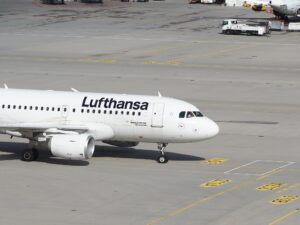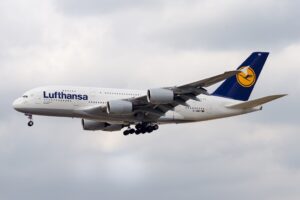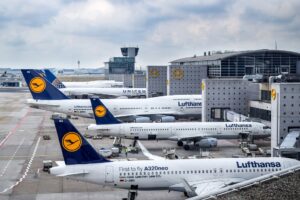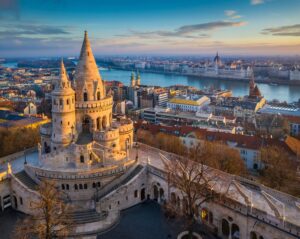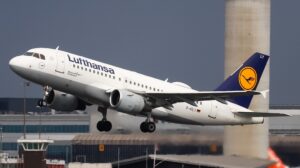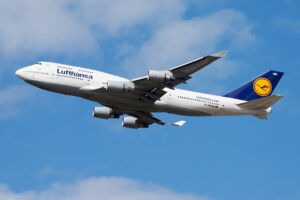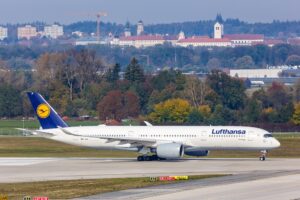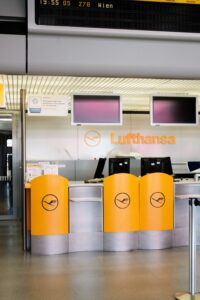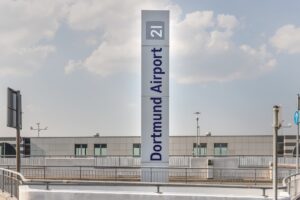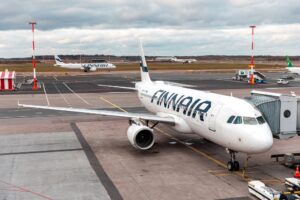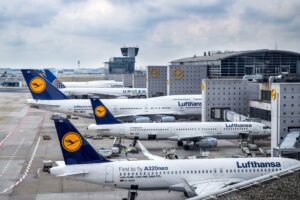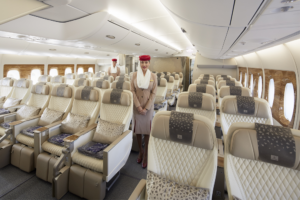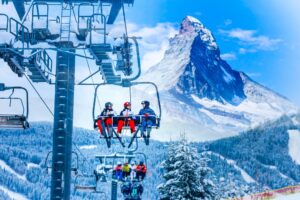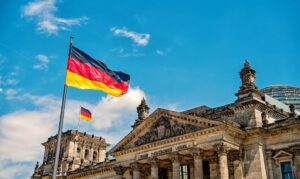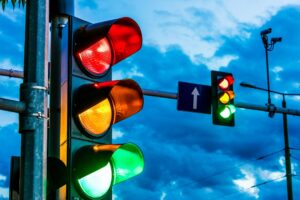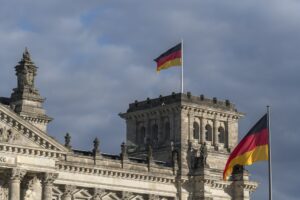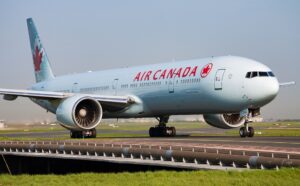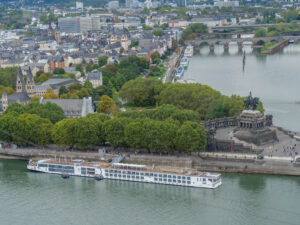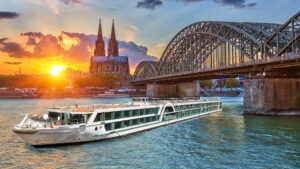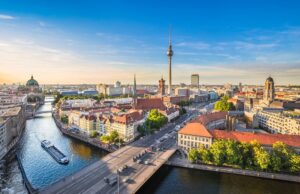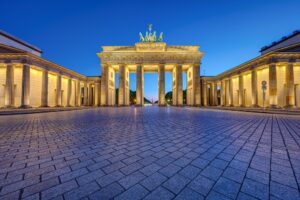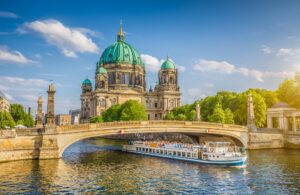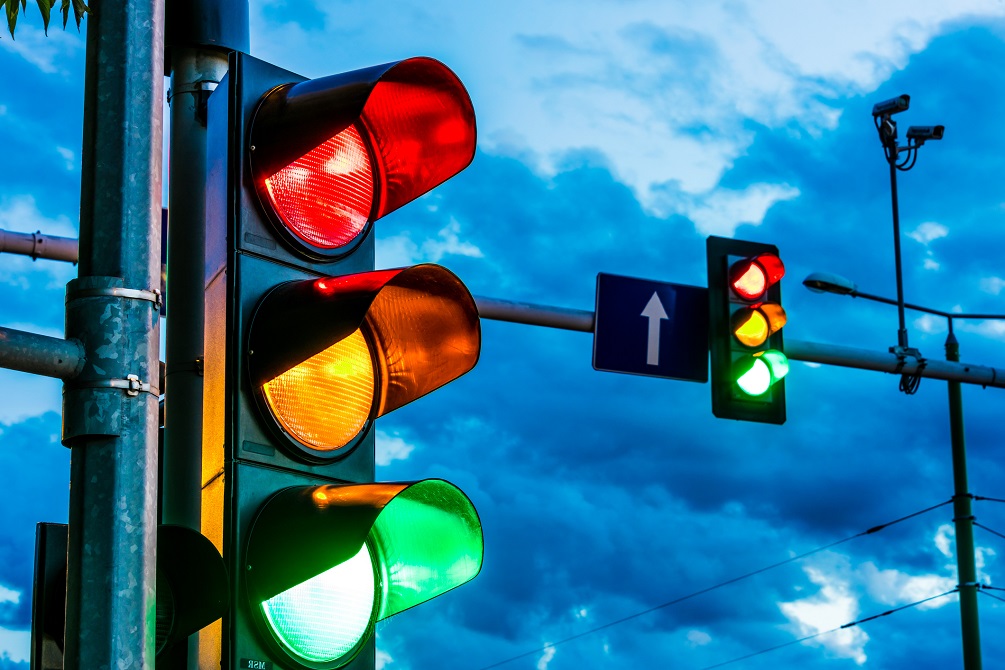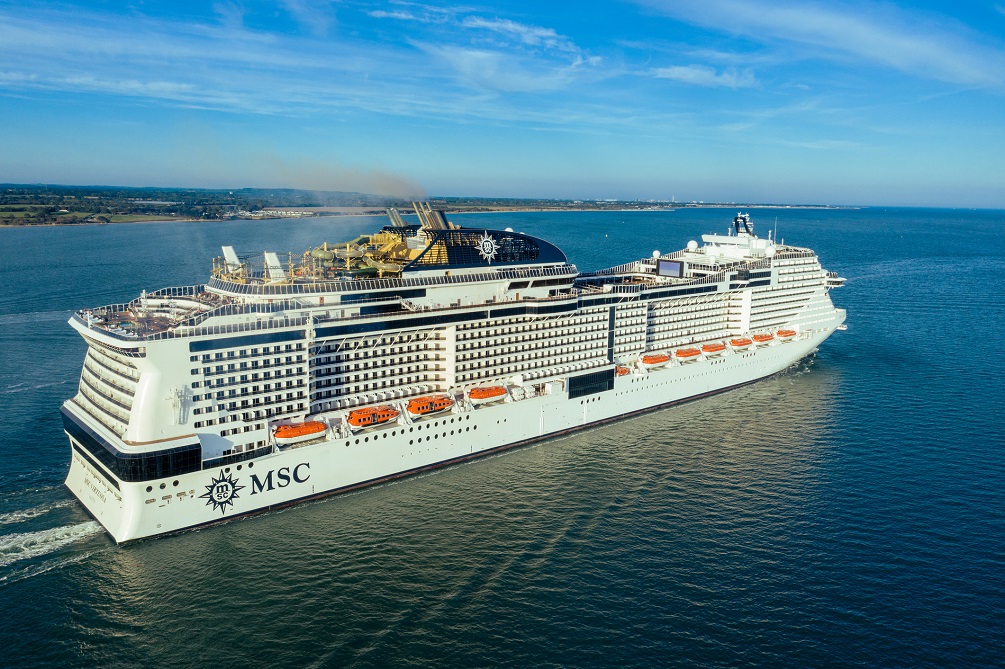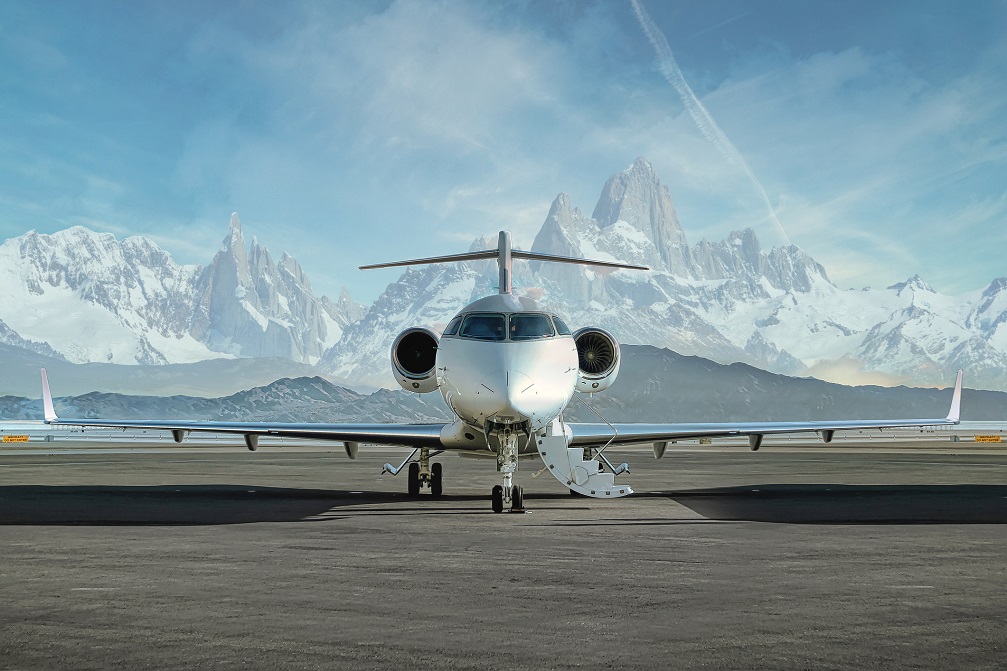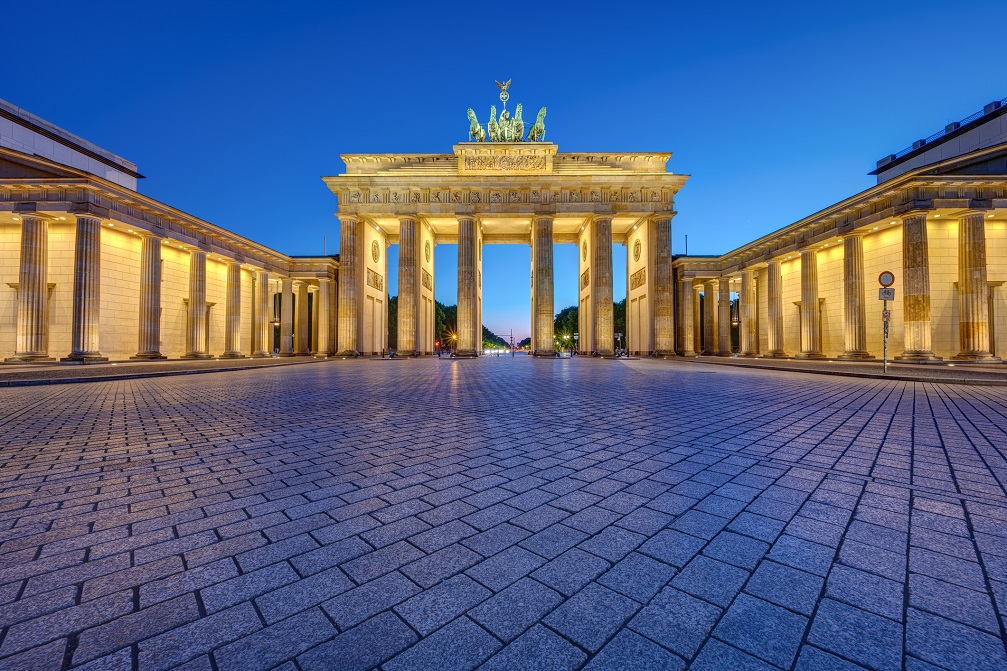Germany
Packed with beer taverns, vineyards, cosmopolitan city areas and a bleak history, Germany has plenty to offer.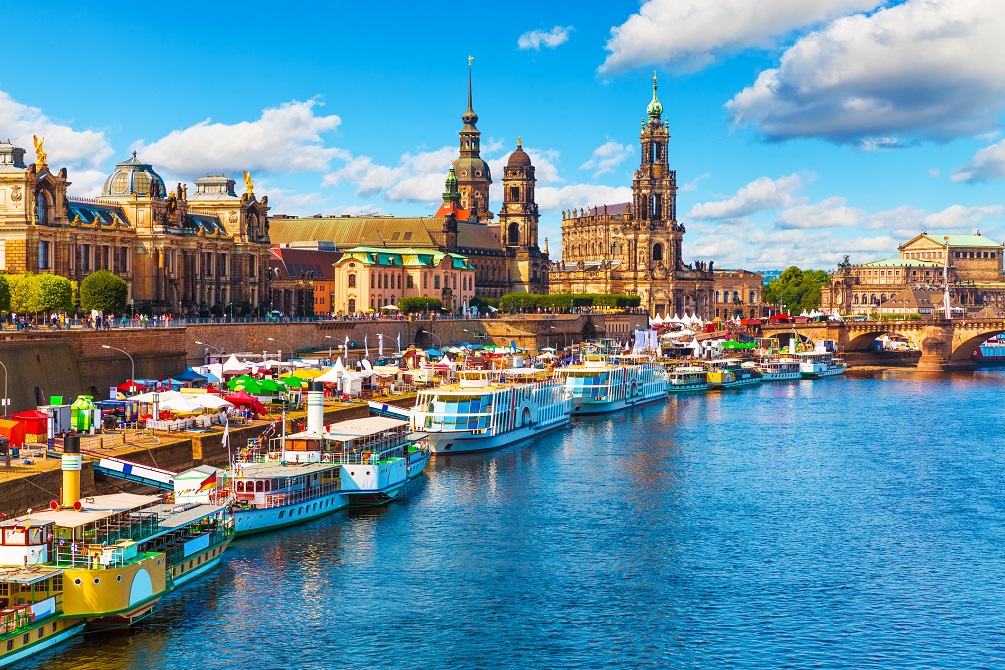
Germany is full of well-trodden parts, but it is much more than clubbing in Berlin and hiking in Bavaria.
The bigger cities like Berlin, Munich, and Frankfurt have a charm of their own, but you can also experience a youthful vibe and energy in the smaller towns and villages.
For an artsy escape, take a stroll down Bremen, particularly the Böttcherstrasse where you will come across statues, red brick buildings, and fountains.
Head to Leipzig, one of the “cooler” cities that attract edgy characters. A city that’s also steeped in history, where the peaceful protests of 1989 took place, it is at the crossroads of the past and present with a rich musical history.
For those with a sense of adventure, detour Freiburg, with its hills and valleys, green mountains, pretty houses, and plazas straight out of a fairy tale. Once you venture outside city limits, you can explore the famous Black Forest. Take a hike to Kandel mountain, one of the main locations for witch-spotting in ancient times.
Stop by Rhine Valley, and explore its whirlpools, edgy cliffs, vineyards, castles, and fortresses. Romantics will discover a mix of beauty and inspiration in the university town of Heidelberg. Discover age-old traditions, cultural festivals, and a throbbing night scene.
For an experience of a different kind, drop into Dresden. It will captivate you with its reconstructed architectural structures, art galleries, villas, and palaces. Take a trip down memory lane and visit the city of Trier, which has a rich Roman legacy with its amphitheater, baths, vineyards, and 9 UNESCO World Heritage sites.
Don’t forget to mosey through Cologne, which offers a plethora of attractions like its famous cathedral, exotic chocolates, eclectic art, medieval churches, and postwar buildings.
Whether it is feasts, festivals, or treats, Germany with its metropolitan cities, beautiful palaces, and breath-taking scenery will enthrall your senses.



Germany is situated in Central Europe to the south of Denmark and is sandwiched between Poland and the Netherlands. With an area of 356,959 sq km., its topography is characterized by marshes, lakes, moors, and hills.
While more than 17% of the land comprises meadows and pastures, around 30% is forest area and about 37% is arable land.
Germany can be categorized into four regions topographically: The North Lowlands, the South, Central Uplands, Alpine Foreland, and the Alps.
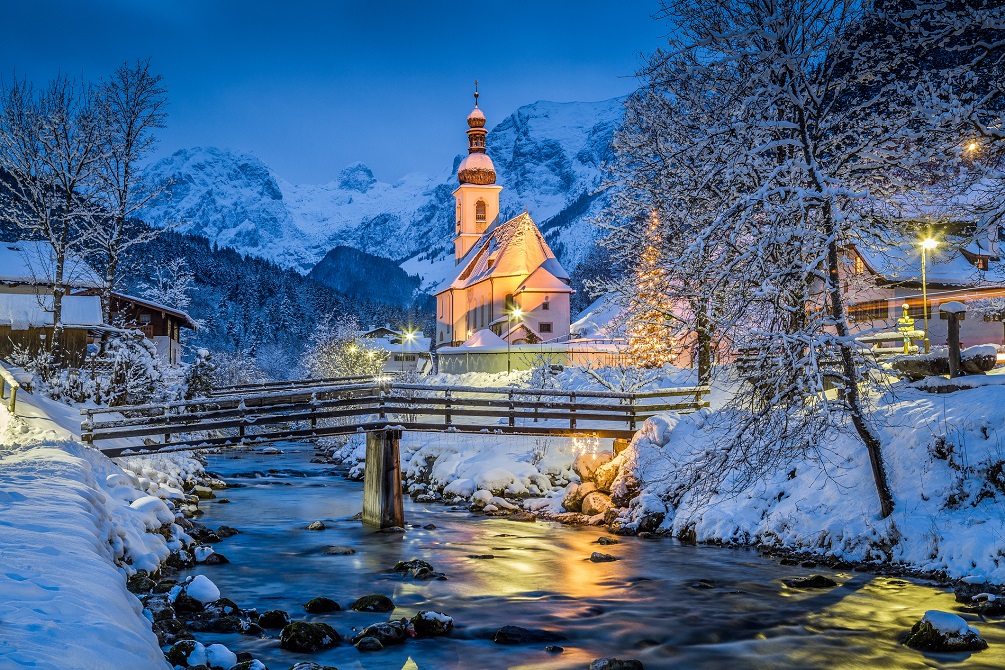


The climate in Germany is quite moderate and does not have very long periods of hot or cold weather. Towards the coast and the North West, the summers are quite warm and the winters are cloudy.
Towards the inner part of Germany, the climate is somewhat continental with cold winters and warm summers.
January is the coldest month in Germany, with the temperature averaging about 1.5C in the north and around -2C in the South.
July is the warmest month but it is colder in the North than in the South. In the Northern coastal region, the temperatures average around 16C, while in the South the average is around 20C, in July.
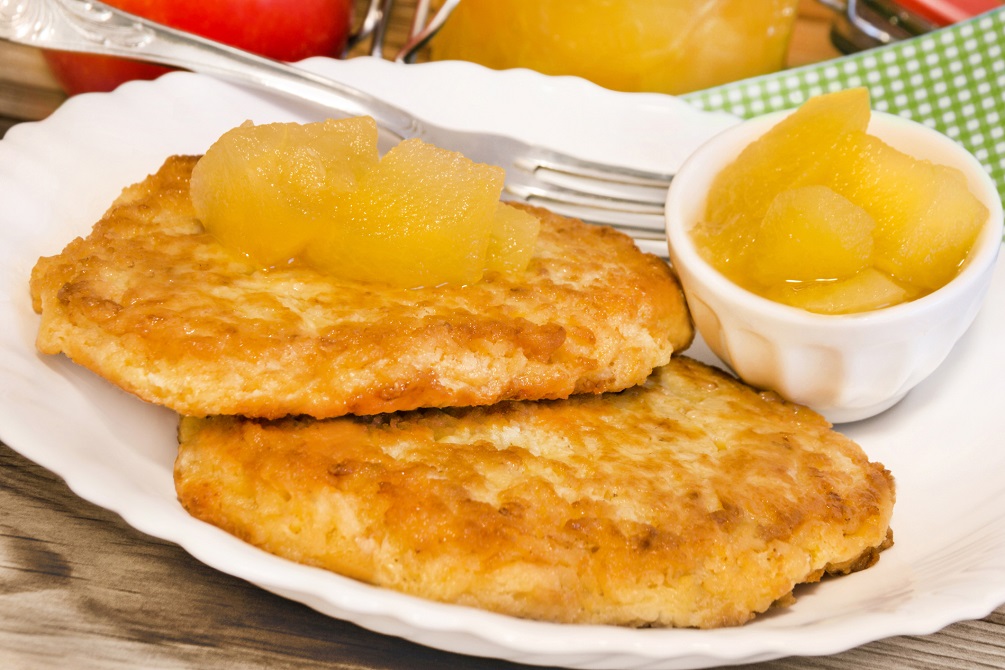


Though sausages and sauerkraut are famous in Germany, there is a lot more to German food than just this. Germany is known for its delicious comfort food, with each region having its own specialty cuisine. Get set to explore Germany with your tastebuds.
Begin your journey with the most obvious one of all – Wurst. There are around 1500 different types of sausage in Germany, with different preparations, ingredients, and spice blends. The Bratwurst can be found on street stalls. The Bratwurst is a kind of roast sausage formed of pork, beef, or veal. The other includes the Wiener, which is Viennese and is smoked before boiling. Apart from this, the blood sausages which are Blutwurst and Schwarzwurst are quite popular.
Another typical German dish that you must try is the Rouladen, which is made up of bacon, pickles, and onions, among other things.
If you’re craving something warm on a cold day, sip on some Eintopf, which is a type of stew made from vegetables, pulses, potatoes, pork, chicken, or fish. If you like pasta, you’ll probably enjoy the German version of it – the Spatzle. These are egg noodles that are garnished with roasted onions and cheese.
Meat is devoured heartily in Germany. Pot roast, which is called Sauerbraten, is a hot favorite and can be made by marinating meat in herbs, spices, and wine and seasoning it for ten days.
You can’t miss the Kartoffelpuffer which are pancakes, created out of a mixture made of flour, onions, seasonings, and eggs and topped off with condiments like sauce, cheese, cream, or cinnamon.
Other must-try snacks are the Brezel, which is a dough-based pretzel, and the Schnitzel which is like a meat cutlet.
For those with a sweet tooth, Germany is like heaven. There are plenty of puffs, pastries, and tarts to choose from. The most famous of course is the Black Forest or the Schwarzwälder Kirschtorte. Another must-try dessert is the Apfelstrudel or the apple strudel.
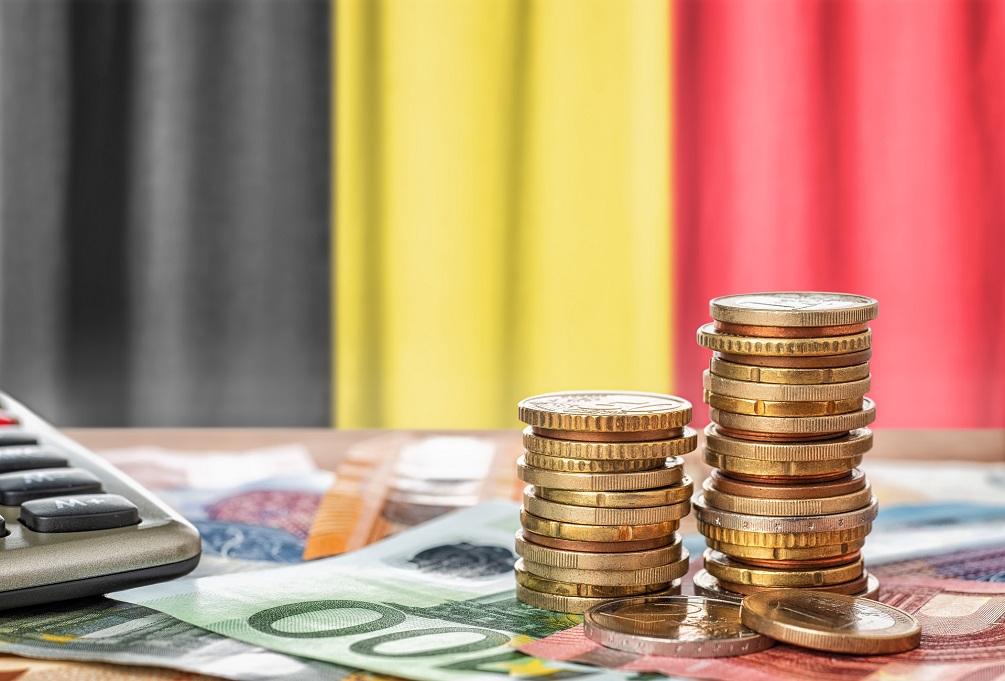


The currency of Germany is the ‘Euro.’ Germany is a cosmopolitan city and cash is widely accepted everywhere. While all major stores and outlets accept credit and debit cards, the country’s spending habits are still traditional and hence it is better to carry cash.
ATMs are easily found around the country, making it easy to withdraw Euros, when you travel to Germany. Visa and Mastercard are accepted widely, but you can also use American Express and Diners Club cards in some places. Traveller’s cheques are not accepted by all merchants and attract a commission of up to 8% when encashed. It is advisable to use cash for smaller purchases below 20 euros.
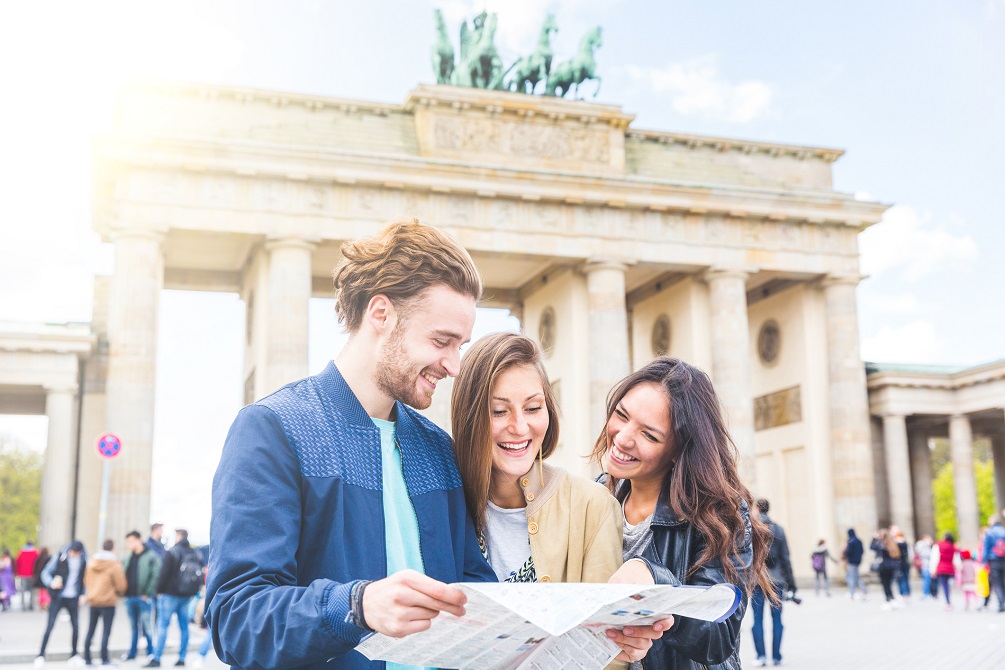


Wondering what to wear when you travel to Germany? Like anywhere else in the world, pack your clothes based on your season of travel. The chic dressing is favored in Germany and slim fits or skinny jeans are preferred. Ankle-length jeans are worn all across Germany.
Carry an umbrella or raincoat in Spring, as it could rain at any time. A jacket with a hood or a parka is also a good idea. Layering always comes in handy. Germans are quite fashionable and clothes in dark or neutral colors are good choices. Since the understated look is in, avoid loud or bright shades. Don’t wear sports attire unless you’re doing some kind of adventure activity or sports.
Carry a pair of good flat walking shoes and keep the heels at home while sightseeing as there are plenty of cobbled streets.
In winter, keep warm with overcoats, jackets, long-sleeved blouses, scarves, and waterproof boots. Men can’t go wrong with smart casuals. Neat and clean denim styles are preferred over ripped jeans or distressed denim.



While German is the official language of Germany, most Germans are multi-lingual and speak foreign languages as well. More than 95% of the population in Germany speaks German, but at least 67% of the population speaks one other language and around 27% of the population speaks 2 languages.
There are other minority languages that are spoken in certain pockets of Germany. Low German is one of them, while the West Germanic language is used in the North. The Upper Sorbian language is spoken by Sorbs dwelling in Germany’s lower Lusatia historical province. Some people who live in the North Frisia region of Germany speak the Frisian language. Romani and Danish are also spoken in a few areas but by less than 0.06% of the population.
You would do well to acquaint yourself with some basic German phrases when you travel to Germany. Some of these are : danke, thank you ; ja, yes; nein, no; bitte, please; bitte schon, you’re welcome; Entschuldigung, excuse me/sorry; Es tut mir leid, I’m sorry.
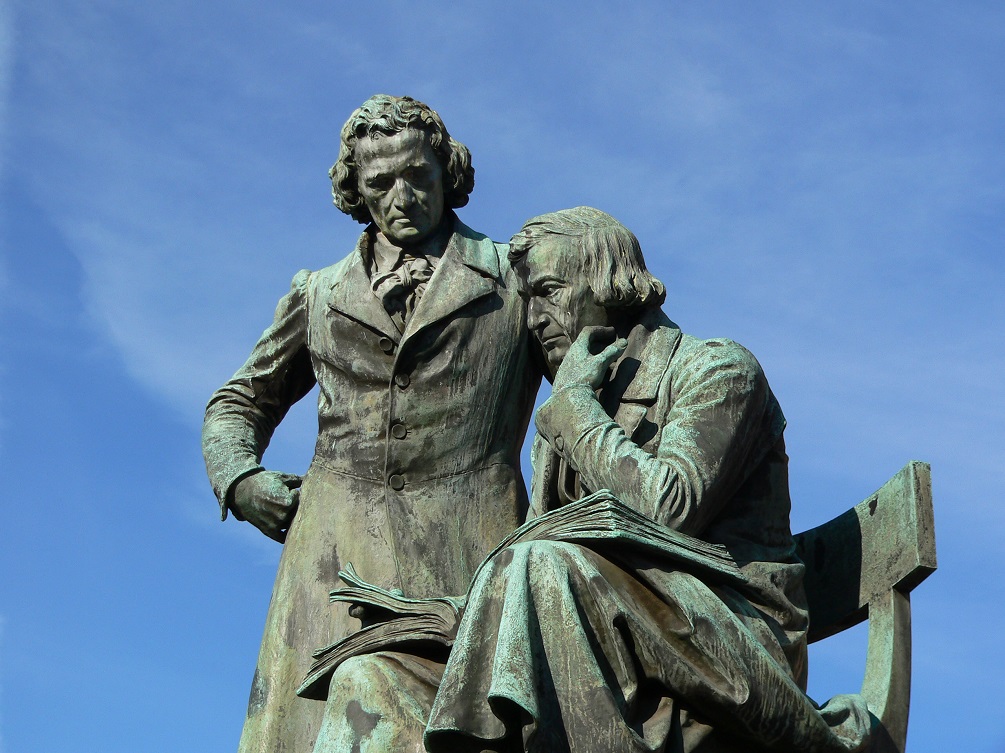


While outsiders call the country Germany, Germans themselves call it Deuschland. Germany is known to be the land of poets and philosophers. Christianity is the main religion in Germany.
There are plenty of stereotypes about Germany viz. that they love beer, that they are punctual, and that there is hardly any unemployment. All of these are true. The culture has to a large part been shaped by its literary and philosophical history. Home to thinkers like Immanuel Kant, Nietzsche, and Marx, undoubtedly book reading is one of the main pastimes in Germany.
Germans love music and Germany plays host to a number of music festivals including electronic, rock & roll, hip-hop, etc. It also has numerous opera houses.
Greetings are usually formal and an assertive handshake is an acceptable form of greeting. If you are invited to someone’s home, bring gifts such as chocolates or flowers except roses, carnations, or lilies.
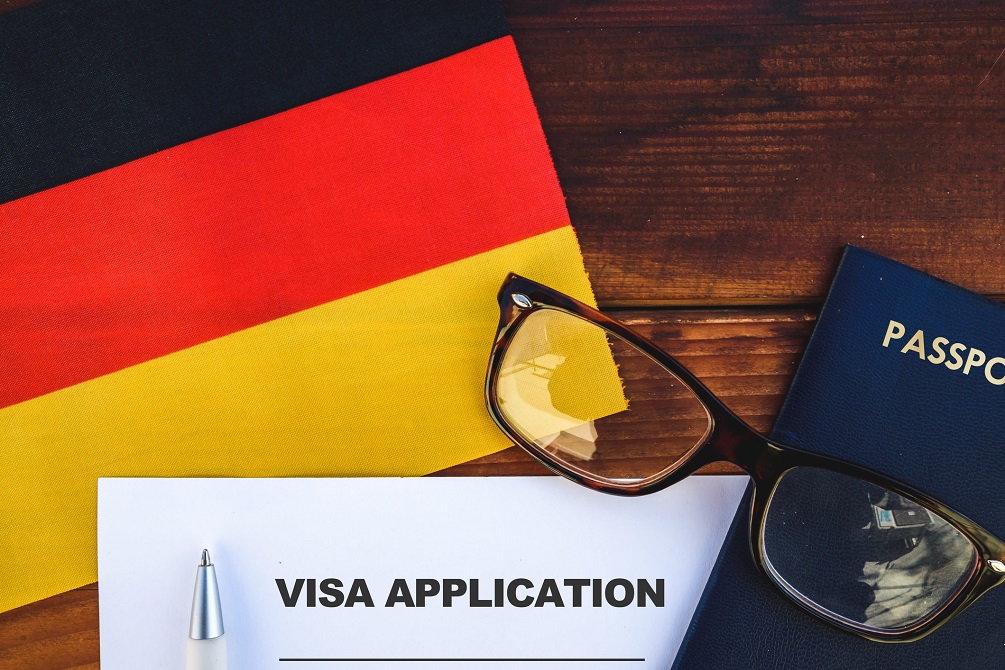


UK passport holders can travel to Germany and stay there for a period of 90 days without a visa. Your passport may be stamped at the point of entry or exit. You may also be required to produce a return air ticket or show that you have adequate funds for your stay.
Also, UK travelers need to ensure that their passport is valid for a period of at least 3 months from the date of departure from Germany. Your passport must be less than 12 years old.
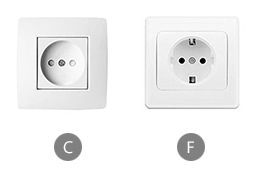


When you travel to Germany, you need to carefully think about what to pack, so you can use your electric equipment safely. There are two plug types that are used in Germany: Type C and Type F. Germany’s standard voltage is 230V and its standard frequency is 50Hz. Generally plugs in the UK tend to be of G type.
Travelers from the UK to Germany do not need any kind of voltage adapter and you can safely plug in your devices in Germany, without needing a voltage adapter. Even the frequency is compatible with that of Germany. Hence, you will not face any issues in using rotating devices.



Germany is full of well-trodden parts, but it is much more than clubbing in Berlin and hiking in Bavaria.
The bigger cities like Berlin, Munich, and Frankfurt have a charm of their own, but you can also experience a youthful vibe and energy in the smaller towns and villages.
For an artsy escape, take a stroll down Bremen, particularly the Böttcherstrasse where you will come across statues, red brick buildings, and fountains.
Head to Leipzig, one of the “cooler” cities that attract edgy characters. A city that’s also steeped in history, where the peaceful protests of 1989 took place, it is at the crossroads of the past and present with a rich musical history.
For those with a sense of adventure, detour Freiburg, with its hills and valleys, green mountains, pretty houses, and plazas straight out of a fairy tale. Once you venture outside city limits, you can explore the famous Black Forest. Take a hike to Kandel mountain, one of the main locations for witch-spotting in ancient times.
Stop by Rhine Valley, and explore its whirlpools, edgy cliffs, vineyards, castles, and fortresses. Romantics will discover a mix of beauty and inspiration in the university town of Heidelberg. Discover age-old traditions, cultural festivals, and a throbbing night scene.
For an experience of a different kind, drop into Dresden. It will captivate you with its reconstructed architectural structures, art galleries, villas, and palaces. Take a trip down memory lane and visit the city of Trier, which has a rich Roman legacy with its amphitheater, baths, vineyards, and 9 UNESCO World Heritage sites.
Don’t forget to mosey through Cologne, which offers a plethora of attractions like its famous cathedral, exotic chocolates, eclectic art, medieval churches, and postwar buildings.
Whether it is feasts, festivals, or treats, Germany with its metropolitan cities, beautiful palaces, and breath-taking scenery will enthrall your senses.



Germany is situated in Central Europe to the south of Denmark and is sandwiched between Poland and the Netherlands. With an area of 356,959 sq km., its topography is characterized by marshes, lakes, moors, and hills.
While more than 17% of the land comprises meadows and pastures, around 30% is forest area and about 37% is arable land.
Germany can be categorized into four regions topographically: The North Lowlands, the South, Central Uplands, Alpine Foreland, and the Alps.



The climate in Germany is quite moderate and does not have very long periods of hot or cold weather. Towards the coast and the North West, the summers are quite warm and the winters are cloudy.
Towards the inner part of Germany, the climate is somewhat continental with cold winters and warm summers.
January is the coldest month in Germany, with the temperature averaging about 1.5C in the north and around -2C in the South.
July is the warmest month but it is colder in the North than in the South. In the Northern coastal region, the temperatures average around 16C, while in the South the average is around 20C, in July.



Though sausages and sauerkraut are famous in Germany, there is a lot more to German food than just this. Germany is known for its delicious comfort food, with each region having its own specialty cuisine. Get set to explore Germany with your tastebuds.
Begin your journey with the most obvious one of all – Wurst. There are around 1500 different types of sausage in Germany, with different preparations, ingredients, and spice blends. The Bratwurst can be found on street stalls. The Bratwurst is a kind of roast sausage formed of pork, beef, or veal. The other includes the Wiener, which is Viennese and is smoked before boiling. Apart from this, the blood sausages which are Blutwurst and Schwarzwurst are quite popular.
Another typical German dish that you must try is the Rouladen, which is made up of bacon, pickles, and onions, among other things.
If you’re craving something warm on a cold day, sip on some Eintopf, which is a type of stew made from vegetables, pulses, potatoes, pork, chicken, or fish. If you like pasta, you’ll probably enjoy the German version of it – the Spatzle. These are egg noodles that are garnished with roasted onions and cheese.
Meat is devoured heartily in Germany. Pot roast, which is called Sauerbraten, is a hot favorite and can be made by marinating meat in herbs, spices, and wine and seasoning it for ten days.
You can’t miss the Kartoffelpuffer which are pancakes, created out of a mixture made of flour, onions, seasonings, and eggs and topped off with condiments like sauce, cheese, cream, or cinnamon.
Other must-try snacks are the Brezel, which is a dough-based pretzel, and the Schnitzel which is like a meat cutlet.
For those with a sweet tooth, Germany is like heaven. There are plenty of puffs, pastries, and tarts to choose from. The most famous of course is the Black Forest or the Schwarzwälder Kirschtorte. Another must-try dessert is the Apfelstrudel or the apple strudel.



The currency of Germany is the ‘Euro.’ Germany is a cosmopolitan city and cash is widely accepted everywhere. While all major stores and outlets accept credit and debit cards, the country’s spending habits are still traditional and hence it is better to carry cash.
ATMs are easily found around the country, making it easy to withdraw Euros, when you travel to Germany. Visa and Mastercard are accepted widely, but you can also use American Express and Diners Club cards in some places. Traveller’s cheques are not accepted by all merchants and attract a commission of up to 8% when encashed. It is advisable to use cash for smaller purchases below 20 euros.



Wondering what to wear when you travel to Germany? Like anywhere else in the world, pack your clothes based on your season of travel. The chic dressing is favored in Germany and slim fits or skinny jeans are preferred. Ankle-length jeans are worn all across Germany.
Carry an umbrella or raincoat in Spring, as it could rain at any time. A jacket with a hood or a parka is also a good idea. Layering always comes in handy. Germans are quite fashionable and clothes in dark or neutral colors are good choices. Since the understated look is in, avoid loud or bright shades. Don’t wear sports attire unless you’re doing some kind of adventure activity or sports.
Carry a pair of good flat walking shoes and keep the heels at home while sightseeing as there are plenty of cobbled streets.
In winter, keep warm with overcoats, jackets, long-sleeved blouses, scarves, and waterproof boots. Men can’t go wrong with smart casuals. Neat and clean denim styles are preferred over ripped jeans or distressed denim.



While German is the official language of Germany, most Germans are multi-lingual and speak foreign languages as well. More than 95% of the population in Germany speaks German, but at least 67% of the population speaks one other language and around 27% of the population speaks 2 languages.
There are other minority languages that are spoken in certain pockets of Germany. Low German is one of them, while the West Germanic language is used in the North. The Upper Sorbian language is spoken by Sorbs dwelling in Germany’s lower Lusatia historical province. Some people who live in the North Frisia region of Germany speak the Frisian language. Romani and Danish are also spoken in a few areas but by less than 0.06% of the population.
You would do well to acquaint yourself with some basic German phrases when you travel to Germany. Some of these are : danke, thank you ; ja, yes; nein, no; bitte, please; bitte schon, you’re welcome; Entschuldigung, excuse me/sorry; Es tut mir leid, I’m sorry.



While outsiders call the country Germany, Germans themselves call it Deuschland. Germany is known to be the land of poets and philosophers. Christianity is the main religion in Germany.
There are plenty of stereotypes about Germany viz. that they love beer, that they are punctual, and that there is hardly any unemployment. All of these are true. The culture has to a large part been shaped by its literary and philosophical history. Home to thinkers like Immanuel Kant, Nietzsche, and Marx, undoubtedly book reading is one of the main pastimes in Germany.
Germans love music and Germany plays host to a number of music festivals including electronic, rock & roll, hip-hop, etc. It also has numerous opera houses.
Greetings are usually formal and an assertive handshake is an acceptable form of greeting. If you are invited to someone’s home, bring gifts such as chocolates or flowers except roses, carnations, or lilies.



UK passport holders can travel to Germany and stay there for a period of 90 days without a visa. Your passport may be stamped at the point of entry or exit. You may also be required to produce a return air ticket or show that you have adequate funds for your stay.
Also, UK travelers need to ensure that their passport is valid for a period of at least 3 months from the date of departure from Germany. Your passport must be less than 12 years old.



When you travel to Germany, you need to carefully think about what to pack, so you can use your electric equipment safely. There are two plug types that are used in Germany: Type C and Type F. Germany’s standard voltage is 230V and its standard frequency is 50Hz. Generally plugs in the UK tend to be of G type.
Travelers from the UK to Germany do not need any kind of voltage adapter and you can safely plug in your devices in Germany, without needing a voltage adapter. Even the frequency is compatible with that of Germany. Hence, you will not face any issues in using rotating devices.
Travel related news, information and inspirational articles and videos for travellers booking flights or holidays to Germany. Ask questions about travel in Germany and get answers from Germany experts
NEWS
Inspiration, Information and Travel Guides
MEET THE Germany EXPERTS
If you are looking to book a holiday to Germany or needs some help and advice planning travel to Germany then contact one of the UK based independent travel agents that specialise in Germany itineraries.
FEATURED VIDEOS
Your Travel Questions Answered
Ask any travel related question and get an answer from one of our experts that will provide you with an answer from their personal experience
There is no question for this category.

